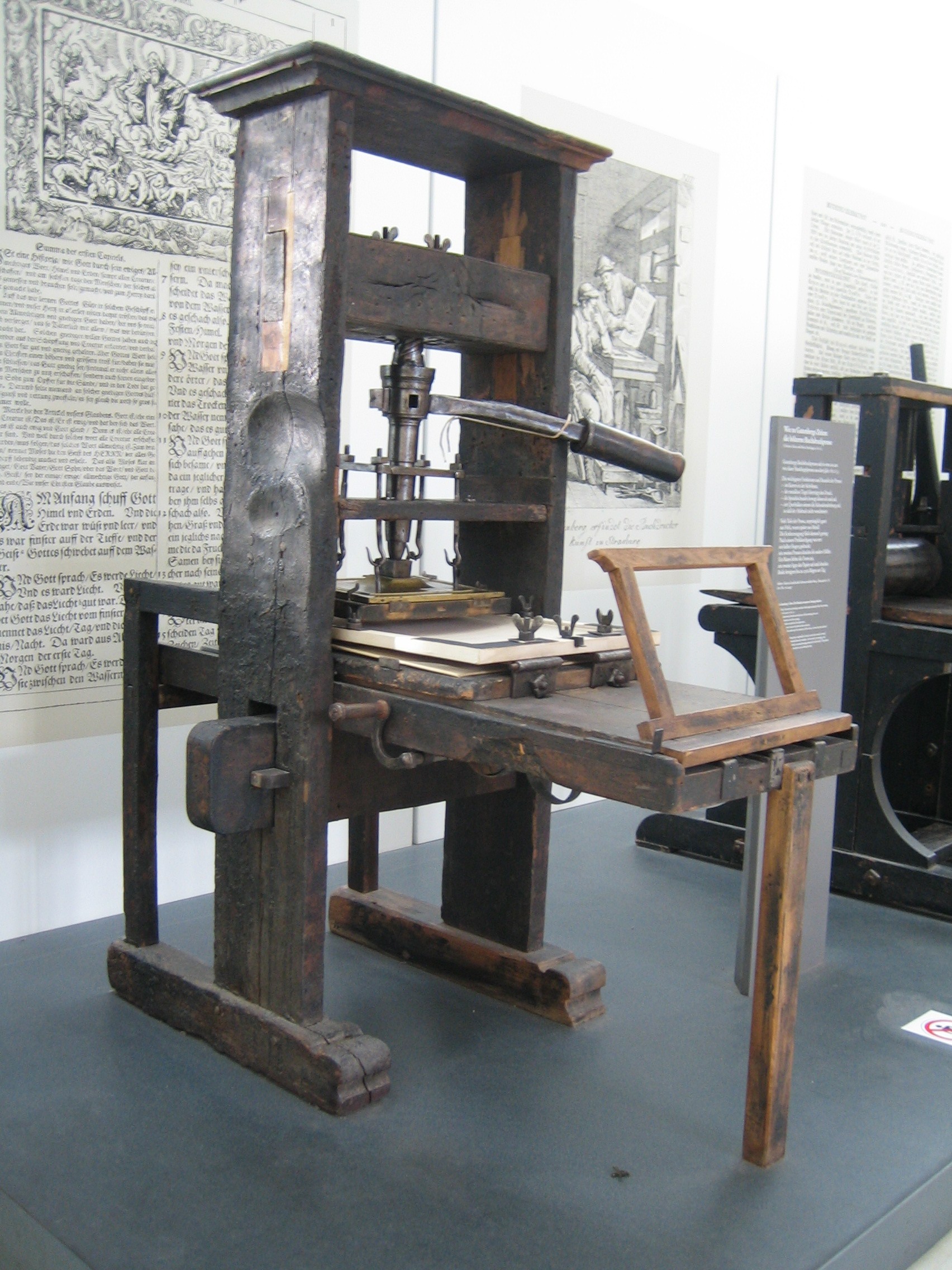Minna Chow
Sharii Liang
AP European History 🇪🇺
335 resourcesSee Units
The Protestant reformers did not preach in a vacuum. They were part of a much larger series of changes in European society, changes they benefitted from and also encouraged. In this guide, we're only going to cover two: the fast spread of information fostered by the printing press, and challenges to the idea of monarchial control over religious institutions.
The Printing Press
In this section, we'll be talking about the printing press, and its importance to the Protestant Reformation. First, a quick recap of the printing press:
What was the Printing Press?
The printing press played a significant role in the Protestant Reformation because it allowed for the rapid production and dissemination of ideas, which played a key role in the spread of the Reformation.
Before the printing press, books and other materials were produced by hand, which was a slow and labor-intensive process. The printing press, invented by Johannes Gutenberg in the mid-15th century, revolutionized the production of books and other materials by allowing for mass production using movable type. This made it possible to produce large quantities of materials quickly and at a lower cost, which facilitated the spread of ideas and knowledge.

Printing press, Image Courtesy of WIkimedia
What Role Did the Printing Press Play?
Think of the Printing Press as Ye Olde Europe’s Social Media. It allowed ideas to spread much faster than word of mouth or hand-written manuscript could.
The printing press facilitated the production of religious tracts and pamphlets, which were widely distributed and played a key role in spreading the message of the Reformation. Many of these tracts and pamphlets were written by reformers themselves, and were used to argue for the reforms they were advocating.
- For example, Martin Luther's 95 Theses were published, in abridged form, into a widely distributed pamphlet.
Furthermore, the Printing Press allowed for vernacular, or "written in the common language" translations of the Bible to spread. Before the Protestant Reformation, access to the Bible was restricted. The Bible was originally in Latin, and Latin was a language that only the well-off and educated could read. While the common people were involved in their faith through prayer and going to church, they were unable to read the Bible and interpret it for themselves.
During the Protestant Reformation (and before,) the Bible was translated into many vernacular languages. This is because Protestants believe that all people should have access to the Bible. The Protestant translations made it possible for people who were not proficient in Latin to read and interpret the Bible for themselves. In fact, Martin Luther himself wrote a translation of the Bible into German! These translations spread through their duplication in a printing press.
Analysis Question: How are the main tenets of Protestantism (as described in 2.2 Luther and the
Protestant Reformation) supported by the translation of the Bible into vernacular languages?
State Over Church?
The relationship between church and state was a complicated one even before the Protestant Reformation. At times, kings were in direct conflict with religious officials for power and control. Sometimes, the state gave special privileges to the church, such as reducing or even eliminating land taxes on Church property; sometimes the state gained power within the church, such as being able to pick appointees to religious positions within their borders.
During this time, it was commonplace for the monarchy and government to control the religion its people followed. If your king was Catholic, you were Catholic. Even during the Protestant Reformation, this practice would continue: the Peace of Augsburg, (see the guide for 2.4) for example, only allowed princes to choose their faith, not the common people.
When the Protestant Reformation occurred, this relationship got no simpler. While Luther's stance on the state-church relationship was that "temporal matters should be left to temporal authority," other groups had different stances.
On one side, we have the establishment of the Anglican Church by Henry VIII of England, which made the Head of the State also the Head of the Church of England.
On the other side, we have groups that challenged the monarch's control of religious institutions.
Some groups that would fight against the state were...
- Calvinists
- Puritans (mostly English Calvinists)
- Huguenots (French Calvinists)
- Anabaptists
- Polish Nobles
These groups faced persecution from the state as a result, leading to the religious wars we'll be talking about in the next guide.
John Calvin

Image Courtesy of Wikimedia
Browse Study Guides By Unit
🎨Unit 1 – Renaissance & Exploration
⛪️Unit 2 – Reformation
👑Unit 3 – Absolutism & Constitutionalism
🤔Unit 4 – Scientific, Philosophical, & Political Developments
🥖Unit 5 – Conflict, Crisis, & Reaction in the Late 18th Century
🚂Unit 6 – Industrialization & Its Effects
✊Unit 7 – 19th Century Perspectives & Political Developments
💣Unit 8 – 20th Century Global Conflicts
🥶Unit 9 – Cold War & Contemporary Europe
📚Study Tools
🤔Exam Skills
👉Subject Guides

Fiveable
Resources
© 2025 Fiveable Inc. All rights reserved.